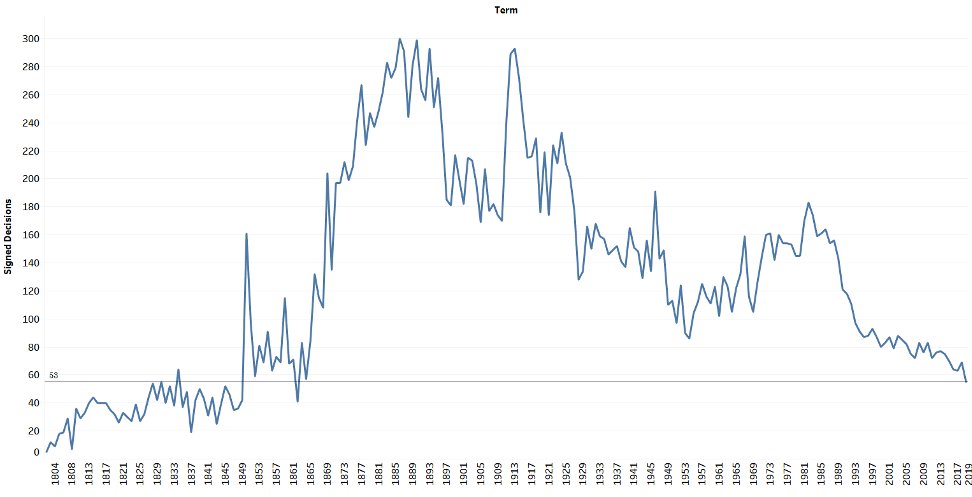
Just a reminder that back in April, the very same 5-4 #SCOTUS majority flat-out *ignored* procedural obstacles to issue an emergency injunction that blocked California's #COVID-based restrictions on in-home gatherings based upon a *new* interpretation of the Free Exercise Clause.
The ruling in Tandon v. Newsom should've been possible only if the right was "indisputably clear." It wasn't, but the Court issued an injunction anyway. Tonight, the Court refused to protect the "indisputably clear" right to an abortion because of *possible* procedural obstacles.
When you put these rulings by the same 5-4 majority side-by-side, you see much of what's wrong with the Texas decision: A Court untroubled by procedure went out of its way to expand religious liberty, but hid behind procedural Qs to refuse to enforce a right already on the books.
Here's me back in April on how the same 5-4 majority ran right through a (fatal) procedural roadblock to expand religious liberty in Tandon:
nytimes.com/2021/04/15/opi…
nytimes.com/2021/04/15/opi…
• • •
Missing some Tweet in this thread? You can try to
force a refresh







